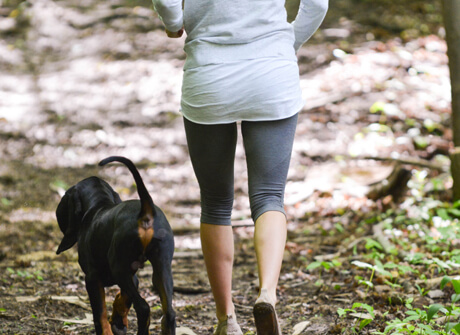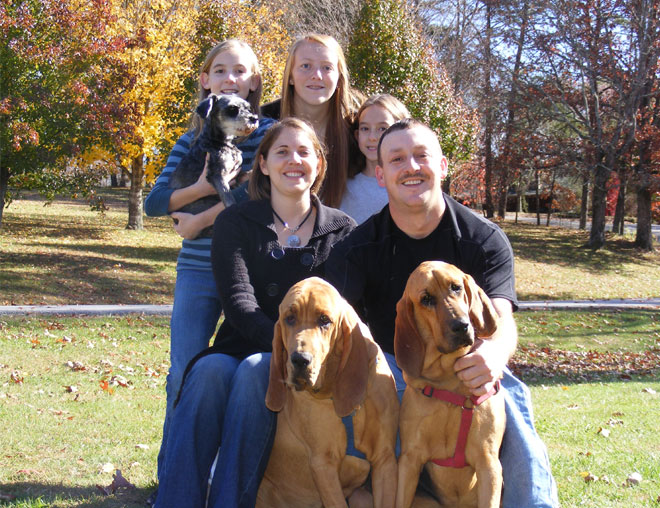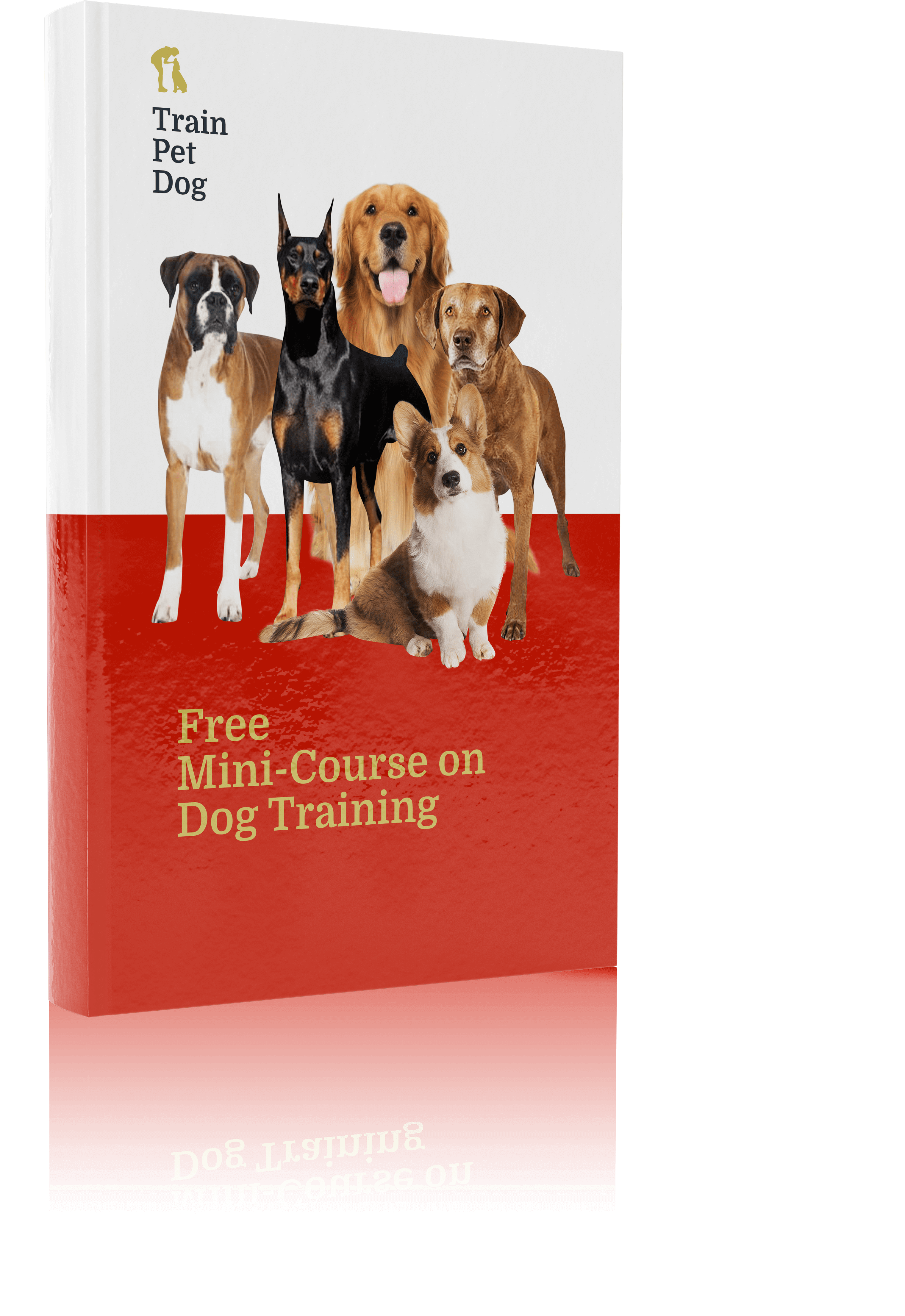Privacy Policy: Your email address is 100% safe.
We don't spam and hate it as much as you do 🙂 You can also unsubscribe from our mailing list at any time.

Your Dog’s Exercise Needs

Why do Dogs need to Exercise?
Exercise is important to animals as well as people. When animals do not get enough exercise, they can become obese, develop heart problems, and experience physical pain and even emotional problems. Frequent exercise promotes self confidence, bone density, joint health, a strong heart, and healthy bones.
When people decide to bring an animal into their home, they need to be consistent regarding feeding, training, and exercise. A daily routine must be established, and the routine needs to be completed each day, without fail.
Many dog owners are under the mistaken assumption that spending time with their dogs on the weekend makes up for time missed during the week. This is wrong.
Playing and exercise need to be maintained throughout each week and also maintained at a consistent level. Each exercise session should begin with a fifteen-minute ‘warm up’ and end with a ‘cool down’ session. This approach to exercise will prevent muscle strain and joint injury.
How long should a dog exercise?
Similar to exercise for humans, animal exercise is best when it benefits mind and body. A popular misconception regarding animal exercise is that animals exercise whenever they are outside.
Infact, animals spend little time exercising unless they have human companionship. Dog owners are well advised to establish a regularly scheduled time for exercise with their dogs.
In addition to the health benefits, frequent exercise will prevent the dog from behaving in a destructive manner out of boredom. If left alone for extended periods of time, the dog might dig large holes in the yard or chew on fencing or lawn furniture.
How to Control Suspiciousness in Dogs?
Because suspiciousness may become part of the dog’s personality, a formal training program might be the first choice in controlling suspicious behavior in dogs. A training program will help the dog and its guardian(s) to communicate in a manner that will reduce fearful behavior in the dog. Also, a program will help the dog’s guardian know how and when to provide additional training and rewards for desired behavior.
One of the major benefits of training programs is that the dog will receive sustained attention; this attention can make the dog feel more secure, and the dog will experience consistent situations (exposure to people and other animals) that might be uncommon at home. The dog will learn how to respond to these situations in a less excited or anxious manner.
Training after a formal program has ended must be consistent and reliable. Some dogs experience suspiciousness, excitement, and anxiety because he does not know what to expect. When training this breed of dog, the commands should be kept to one word, and that word should be used each time during the training session.
Also, rewards should be as consistent as the commands. Use the same type and size of dog treat. Verbal praise should be plentiful and the words used should be the same as well. The dog will respond well to consistency and predictability.
When training is presented in a uniform and reliable manner, the dog will know what to expect and suspiciousness will be reduced. The dog will gradually generalize this behavior into other situations and circumstances in the home.
From what age can dogs be taken for walks?
Most dogs can be taken for brief walks at the age of three or four months. A dog should be kept on a leash and walked in an area that is clean and quiet. The dog should be monitored from the time the walk begins until you see him slow down. As the dog matures, the walks can be extended.
When the dog is young, he will be much more energetic than an older one. A puppy doesn’t need a strenuous workout; walking at a steady pace should give the dog enough exercise to reduce energy. If the dog does not appear to have benefited from a walk, additional exercise is necessary. The walk can be extended or yard play can be introduced.
There are quite a few fun and interesting games that dogs can play, and these games provide enjoyment as well as exercise for dogs and dog owners as well.
Where Did It Go? – This is a retrieval game and a form of ‘hide and seek.’ The dog’s favorite toy can be hidden in the house or yard, then the phrase, “Where did it go?” can be repeated while the owner and dog look for the hidden toy. Let the dog find the toy, and give it a small treat each time the toy is found.
The Travel Tunnel or Maze – Using cardboard boxes or sheets and chairs, produce a tunnel with twists and turns. Have the dog follow you as you travel through the tunnel, then prompt the dog to go through himself.
Hard Ball Catch – Buy a ball with a tough surface from the pet store. Dogs love to chase and catch these balls because they bounce high, they travel fast through the air, and they’re built to withstand strong biting.
Retrieval Games – This is an old standby during which your dog is taught to retrieve. A dog who retrieves develops obedience along with exercise. Note that anything that is retrieved should be thrown for distance, not height. If a dog jumps too high, too often, debilitating knee or joint injuries may occur.
The Brain Strain – It’s important to exercise a dog’s mind as well as his body. Take a bowl and hide dog treats or a favorite toy underneath. Let the dog figure out how to get the bowl turned over and find the treats or toy.
Family Swimming – A home with a pool is ideal for a dog that has been taught not to fear water. Make this a family event; everyone can go swimming at a designated time and everyone can keep an eye on the dog. This exercise has multiple benefits for both humans and animals.
Also, if you have plastic toys, the dog could play fetch in the pool or swim laps with a family member. Never allow the dog access to the pool when he is unsupervised. Train your dog how to exit the pool by using the steps or a dog ramp.
Train Your Dog To Listen To You
Sign up for our Free Dog Mini Course to have a housebroken, obedient dog that happily comes to you every time you call.
You'll learn new commands to obedience-train your dog as well as how to housebreak your dog in 6 days or less.
You'll also learn how to eliminate bad habits like barking, nipping or biting, jumping, or pulling on the leash.


